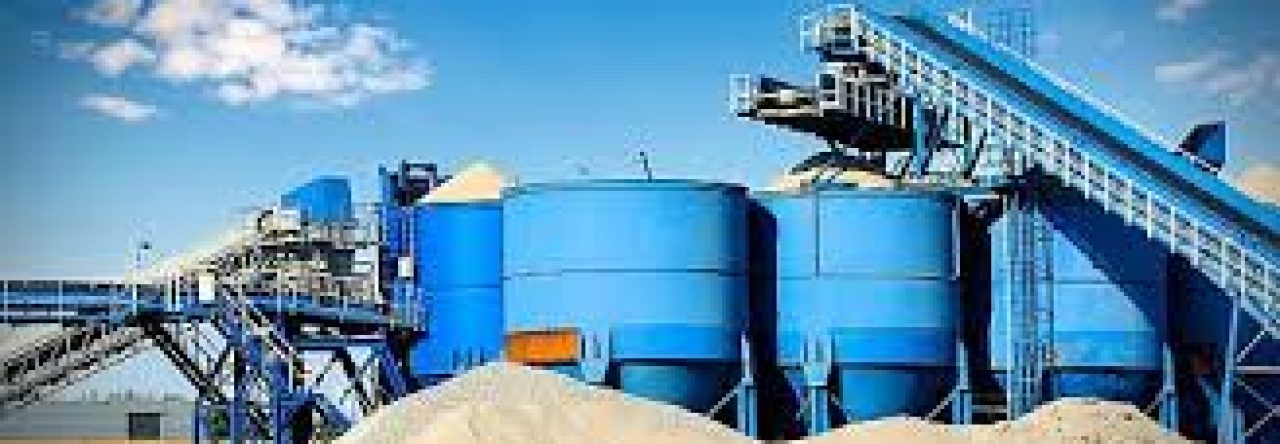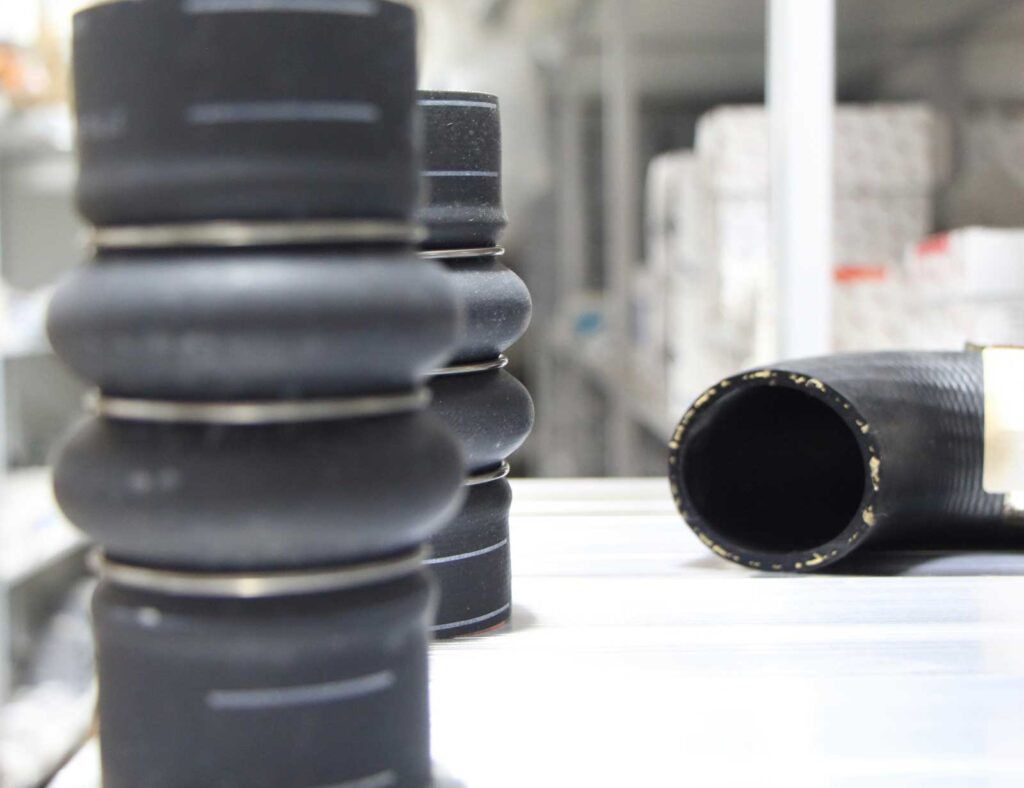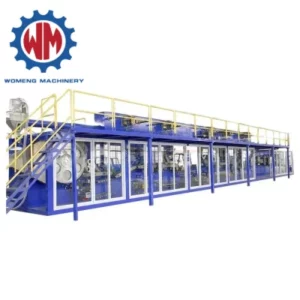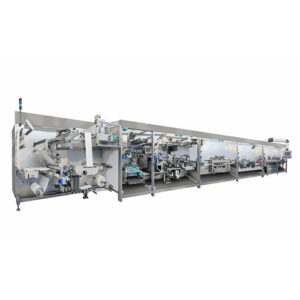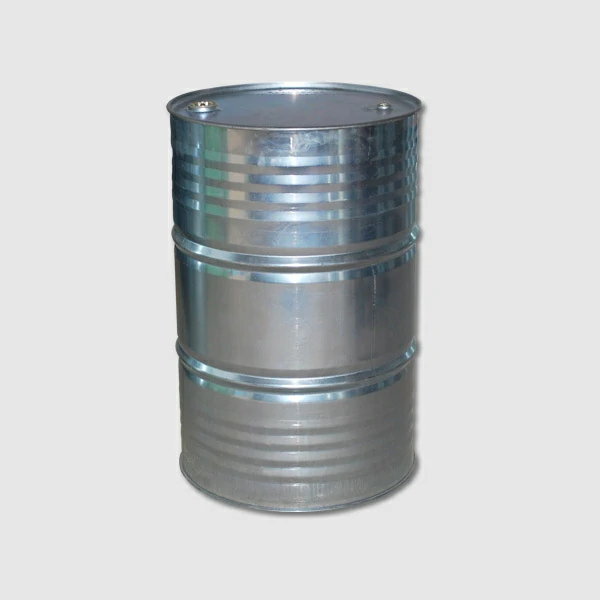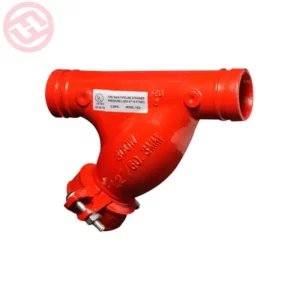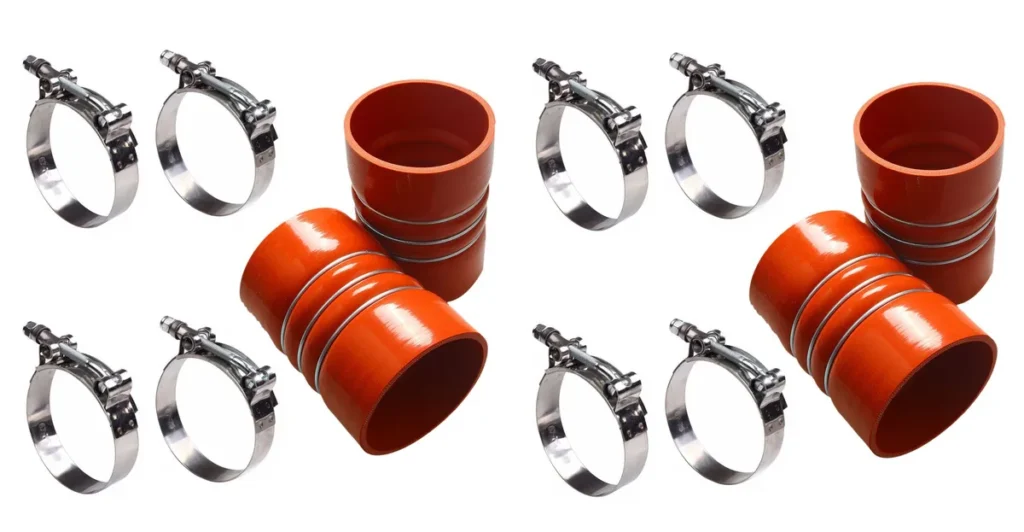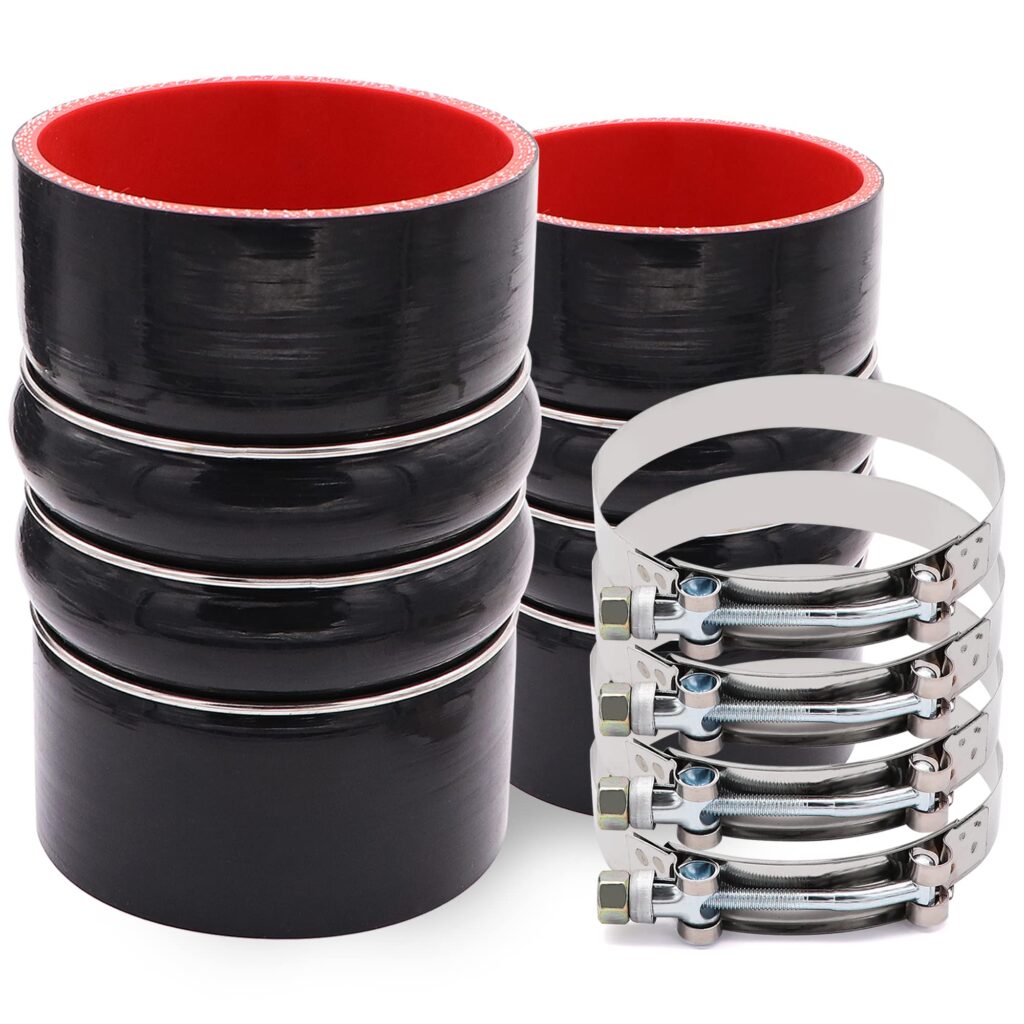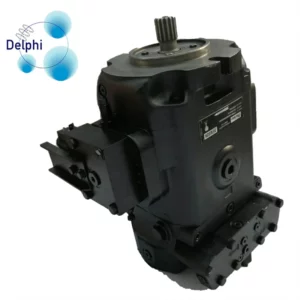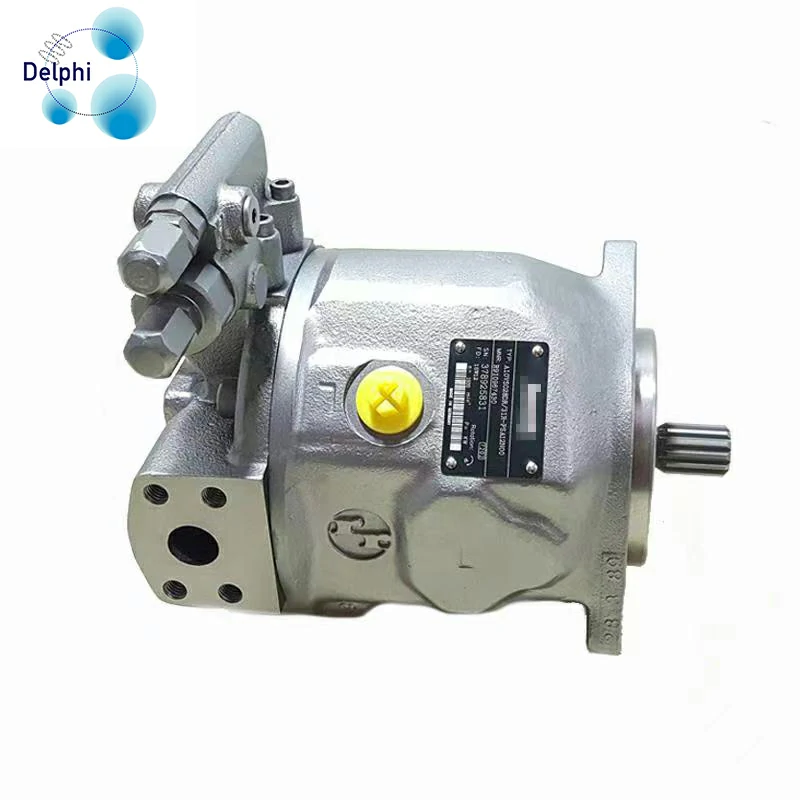Rubber hoses are an essential component in various industries, including automotive, industrial, and medical. They are used to transfer fluids, gases, and other materials, and are known for their flexibility, durability, and resistance to heat and chemicals. In this article, we will provide a comprehensive guide on how to form rubber hoses, including the materials and techniques involved in the process.
Materials Used in Rubber Hose Formation
The materials used in rubber hose formation are crucial in determining the quality and performance of the final product. The most common materials used are natural rubber, synthetic rubber, and thermoplastic elastomers. Natural rubber is a popular choice due to its excellent flexibility, durability, and resistance to heat and chemicals. Synthetic rubber, on the other hand, offers better resistance to oil and chemicals, while thermoplastic elastomers provide improved flexibility and durability.

How to Form Rubber Hose
The process of forming rubber hoses involves several steps, including:
- Compounding: The first step in rubber hose formation is compounding, which involves mixing the rubber material with various additives, such as fillers, plasticizers, and pigments. The additives help improve the properties of the rubber, such as its strength, flexibility, and resistance to heat and chemicals.
- Extrusion: The compounded rubber material is then passed through an extruder, which shapes the material into a long, thin tube. The extrusion process involves heating the rubber material to a high temperature, which allows it to become malleable and easy to shape.
- Curing: After extrusion, the rubber tube is then cured in a press or oven. Curing involves heating the rubber tube under pressure, which helps to vulcanize the rubber and give it its final shape and properties.
- Reinforcement: The rubber tube is then reinforced with a layer of fabric or steel wire, which helps to improve its strength and resistance to pressure.
- Cutting and Finishing: The final step in rubber hose formation is cutting and finishing. The rubber tube is cut to the desired length, and the ends are finished with fittings, such as couplings or connectors.
Techniques Used in Rubber Hose Formation
Several techniques are used in rubber hose formation, including:
- Injection Molding: Injection molding is a popular technique used in rubber hose formation. It involves injecting molten rubber into a mold, which shapes the rubber into the desired form.
- Transfer Molding: Transfer molding is another technique used in rubber hose formation. It involves transferring a rubber compound from a feed system to a mold, which shapes the rubber into the desired form.
- Compression Molding: Compression molding is a technique used in rubber hose formation, which involves compressing a rubber compound between two molds, which shapes the rubber into the desired form.

Conclusion
In conclusion, rubber hose formation is a complex process that involves several materials and techniques. The materials used in rubber hose formation, such as natural rubber, synthetic rubber, and thermoplastic elastomers, play a crucial role in determining the quality and performance of the final product.
The steps involved in rubber hose formation, including compounding, extrusion, curing, reinforcement, and cutting and finishing, are also critical in ensuring the final product meets the required specifications. By understanding the materials and techniques used in rubber hose formation, manufacturers can produce high-quality rubber hoses that meet the demands of various industries.
In summary, rubber hose formation is a complex process that involves several materials and techniques. The materials used, such as natural rubber, synthetic rubber, and thermoplastic elastomers, play a crucial role in determining the quality and performance of the final product.
The steps involved in rubber hose formation, including compounding, extrusion, curing, reinforcement, and cutting and finishing, are also critical in ensuring the final product meets the required specifications. By understanding the materials and techniques used in rubber hose formation.
